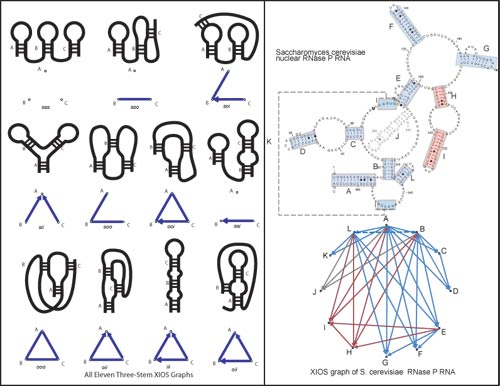Michael Gribskov
01-07-2010

Professor of Biological Sciences
The sequence, structure and evolution of proteins are intimately intertwined. This is especially apparent for large protein families such as the protein kinases. Genomics and other high-throughput techniques have made a wealth of information describing proteins, their expression and their interactions available. We use this information to understand the function, regulation, and origin of protein families such as protein kinases, protein phosphatases, membrane transporters, and participants in the ubiquitin-mediated protein degradation system.
More broadly, we develop computational methods for finding patterns in sequences and structures that allow us to make inferences about the relationships between sequence, structure and function. These methods include elements of datamining, machine learning, modeling, and simulation in the context of biological data. One of our central emphases is on using information from homologous molecules in different species to find the conserved structural elements that are associated with biological function. In the case of RNA, we use a graph based (figure, below) approach to find topologically similar structures in molecules that have little or no sequence similarity.
